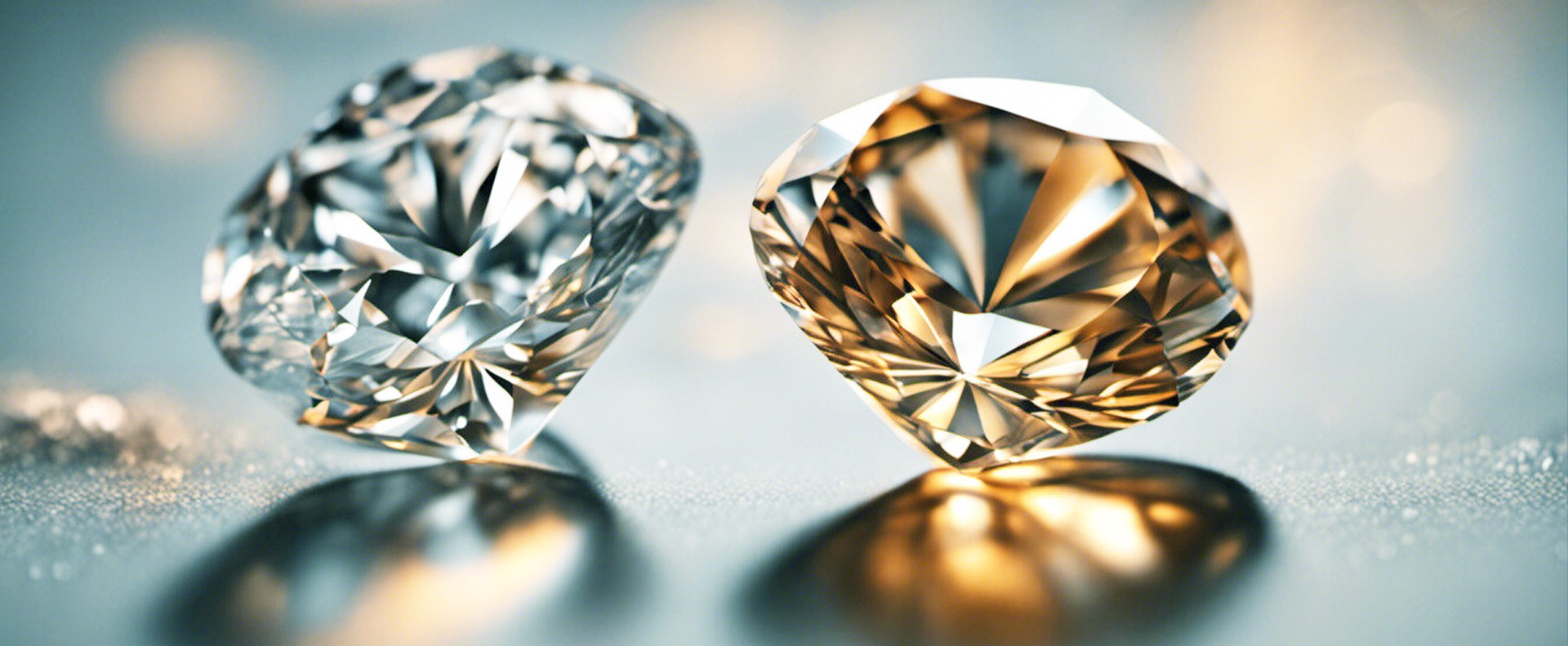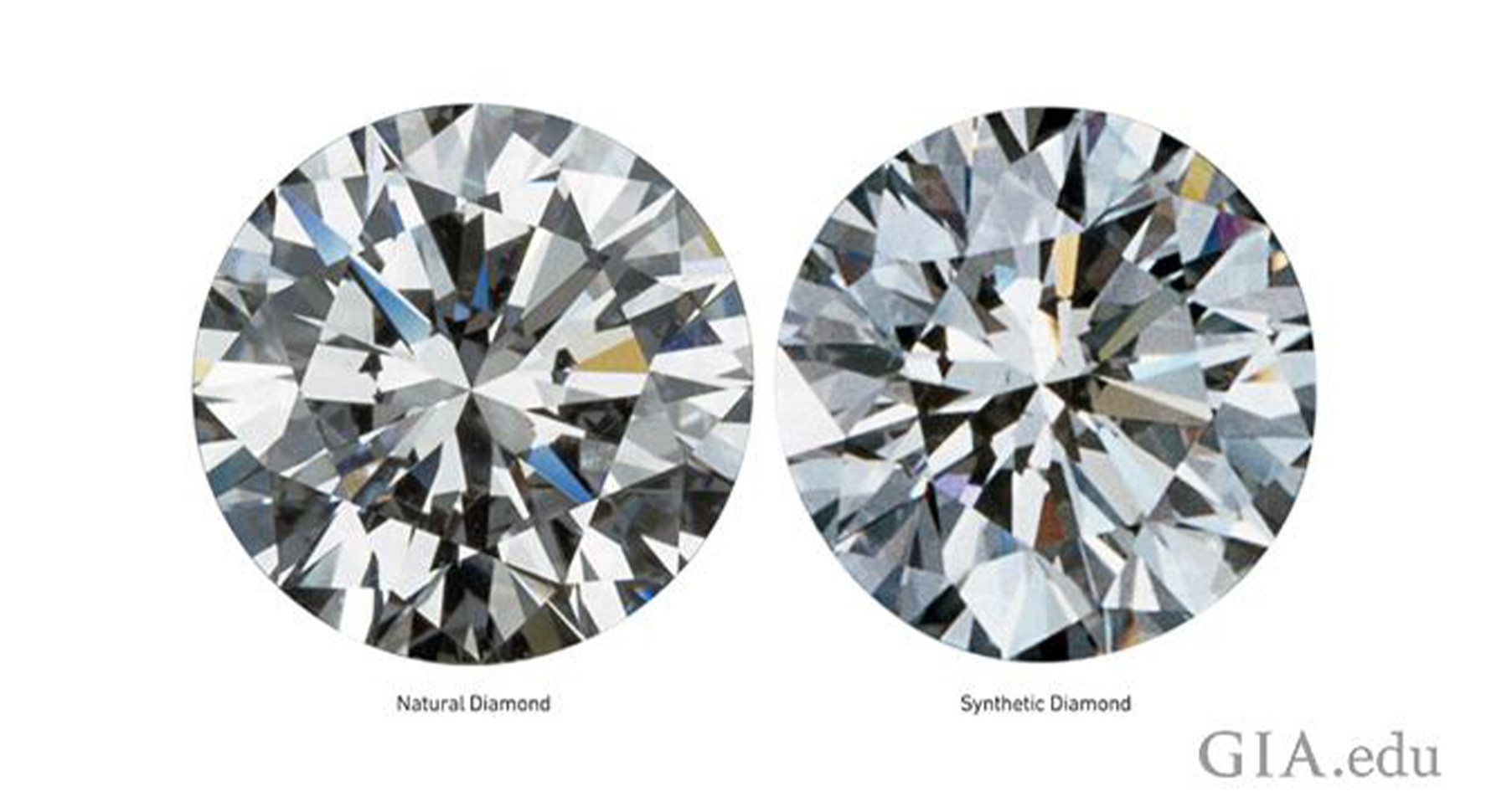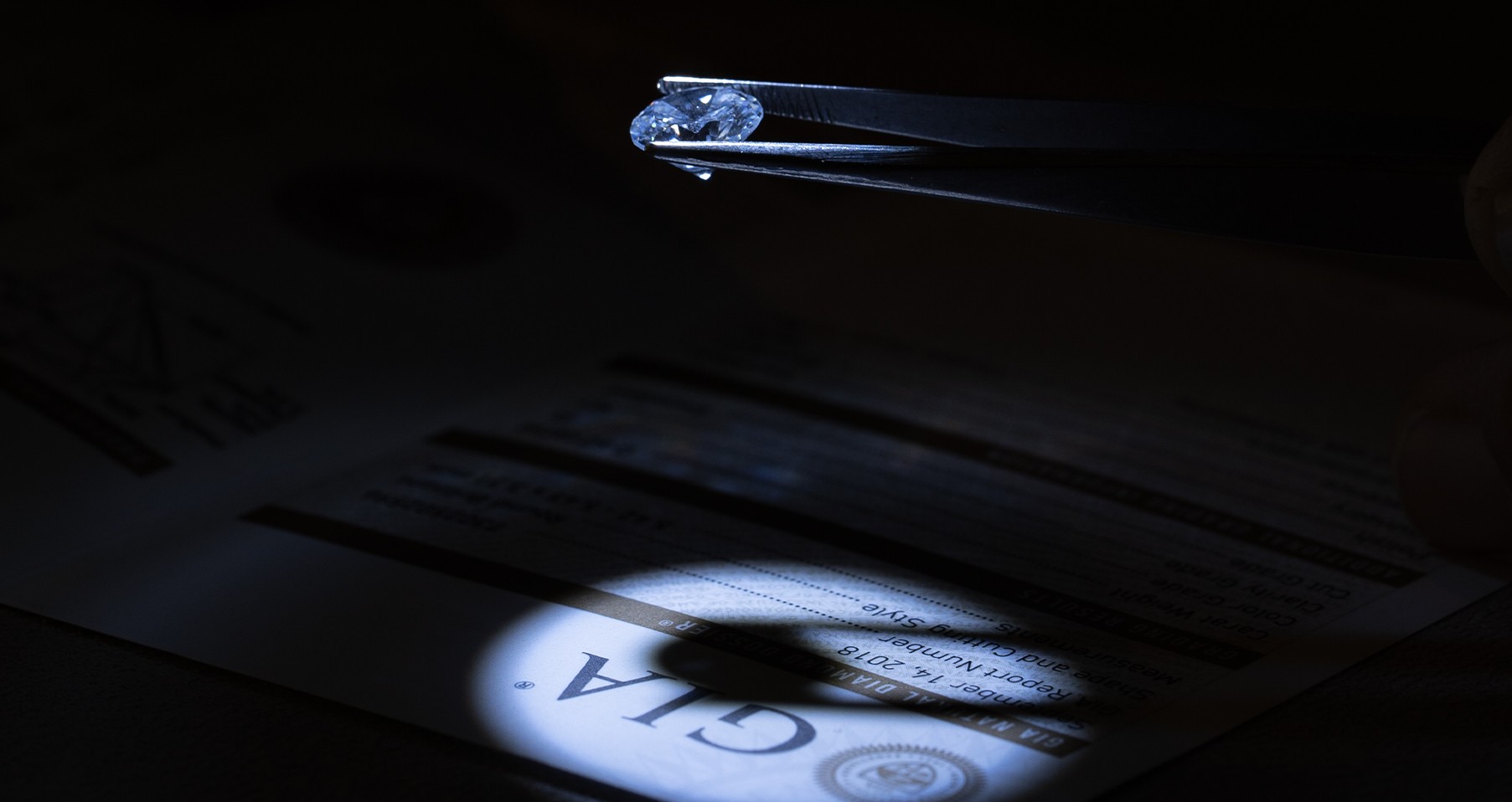Synthetic Diamonds: What They are, how much They are Worth and how to Distinguish Them from Natural Ones

Synthetic diamonds are, as the name suggests, a product of synthesis, meaning obtained artificially in a laboratory. The difference with natural diamonds is therefore evident, as they are born from a geological process dating back over a billion years ago and are extracted from deposits beneath the Earth’s crust.
However, it is important to understand the characteristics of these artificial stones well in order to distinguish them from real diamonds, especially because the value of synthetic diamonds is very different from that of natural stones.
How Synthetic Diamonds are Produced
Since it was discovered at the end of the 1700s that it was composed exclusively of carbon, attempts began to reproduce diamonds in the laboratory. The first appreciable results were those of French scientist Henri Moissan, Nobel Prize winner for chemistry in 1906, who, with an electric furnace he designed, managed to reach very high temperatures and synthesize some carbon compounds.
The first synthetic diamonds were produced in the 1950s, through techniques still in use: microscopic fragments of natural diamond are subjected to treatments involving the use of high pressure and high temperatures, or chemical vapor deposition, using gases. In this way, carbon atoms are deposited on the initial fragment, increasing its volume and thus creating a synthetic stone. To obtain an artificial diamond of one carat, approximately one week is sufficient.
The production of synthetic diamonds was born to create an economic alternative for industry, which had long used the resistance properties of diamonds for cutting other materials, or in sectors such as optics and electronics. Naturally, these artificial stones soon spread to the jewelry world as well, as a much more economical alternative to precious natural diamonds.
Distinguishing Synthetic Diamonds from Natural Ones with an Expert Eye
When discussing artificial diamonds (which gemologists call lab grown, “grown in the laboratory”), an initial clarification is necessary: from a chemical and physical point of view they are identical to natural ones, because they are also composed of carbon atoms.
This does not mean, however, that they have the same characteristics. While to an untrained eye the two stones may appear identical, a gemologist can easily distinguish the natural one from the synthetic one through spectroscopic examination, which measures light intensity. An artificial diamond, moreover, appears completely free of inclusions, which are almost always present, even if minimal, in natural ones.
It is also useful to emphasize that synthetic diamonds are mostly yellow or blue in color, due to the two elements used in the production process, nitrogen and boron respectively. However, the colors are not as vivid and brilliant as in natural diamonds of the same shades. Even in this case, analysis by an expert can eliminate any doubt.
How much is a Synthetic Diamond Worth?
Even though created with the intention of making an economical product, these artificial stones actually cost only 30-40% less than real diamonds, due to high production costs. It is possible that their price will decrease in the future, but the value of synthetic diamonds is also destined to decrease, because the availability of artificial stones will increase.
On the contrary, the value of natural diamonds will increase more and more over time, due to their rarity and extraction difficulty: there will be fewer and fewer new diamonds available on the market and this will make them increasingly precious.
Whether it is a stone for an important piece of jewelry or a form of investment, it is evident that the value of a synthetic diamond will never be comparable to that of a natural diamond.
Suggestions to Avoid Risks
There is not yet legislation to regulate the sale of synthetic diamonds, unlike what happens for natural ones, which are rigorously certified. For this reason, companies operating in the diamond extraction and production sector are adopting measures to make their precious stones identifiable. The possibility of using another term for artificial stones is also being evaluated, so they cannot be confused with real diamonds.
In any case, there are two fundamental recommendations to be certain of purchasing natural diamonds and not laboratory imitations:
– always turn to reliable jewelers, preferably with gemological expertise;
– always request the gemological certificate (such as those issued by IGI, GIA or HRD), which guarantees the authenticity of the stones and is internationally recognized.

